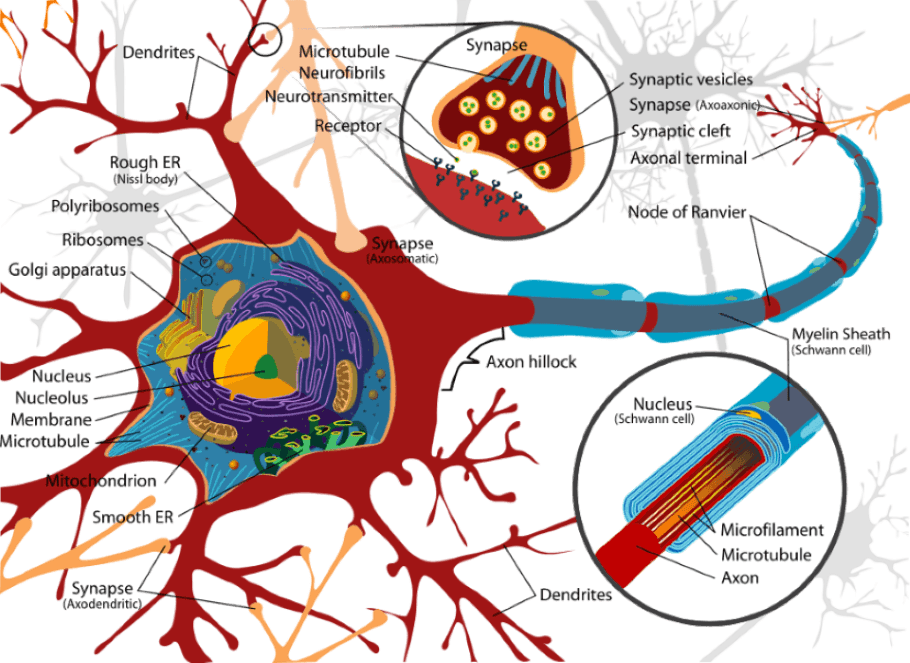
Definitions of Human Brain Components Disabled World
Biology Biology Article Diagram Of Neuron Diagram Of Neuron A neuron is a specialized cell, primarily involved in transmitting information through electrical and chemical signals. They are found in the brain, spinal cord and the peripheral nerves. A neuron is also known as the nerve cell.
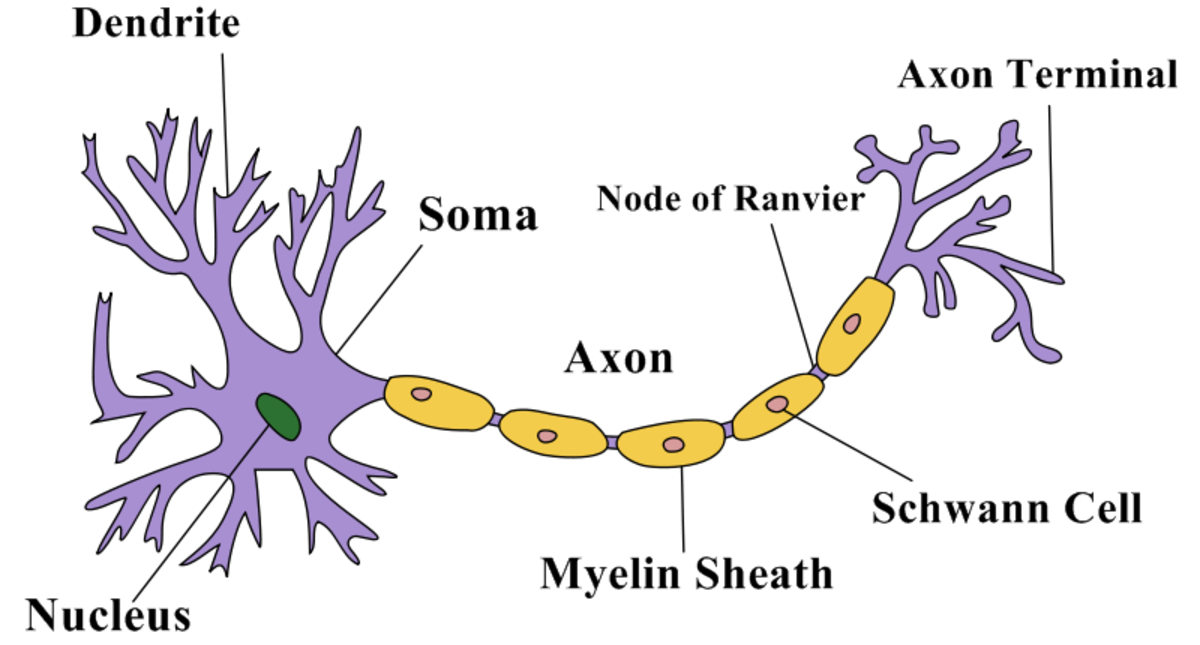
Structure of a Neuron Owlcation
Biology library > Human biology > The neuron and nervous system Overview of neuron structure and function Introduction to neurons and glia. How the structure of a neuron allows it to receive and transmit information. How do you know where you are right now?
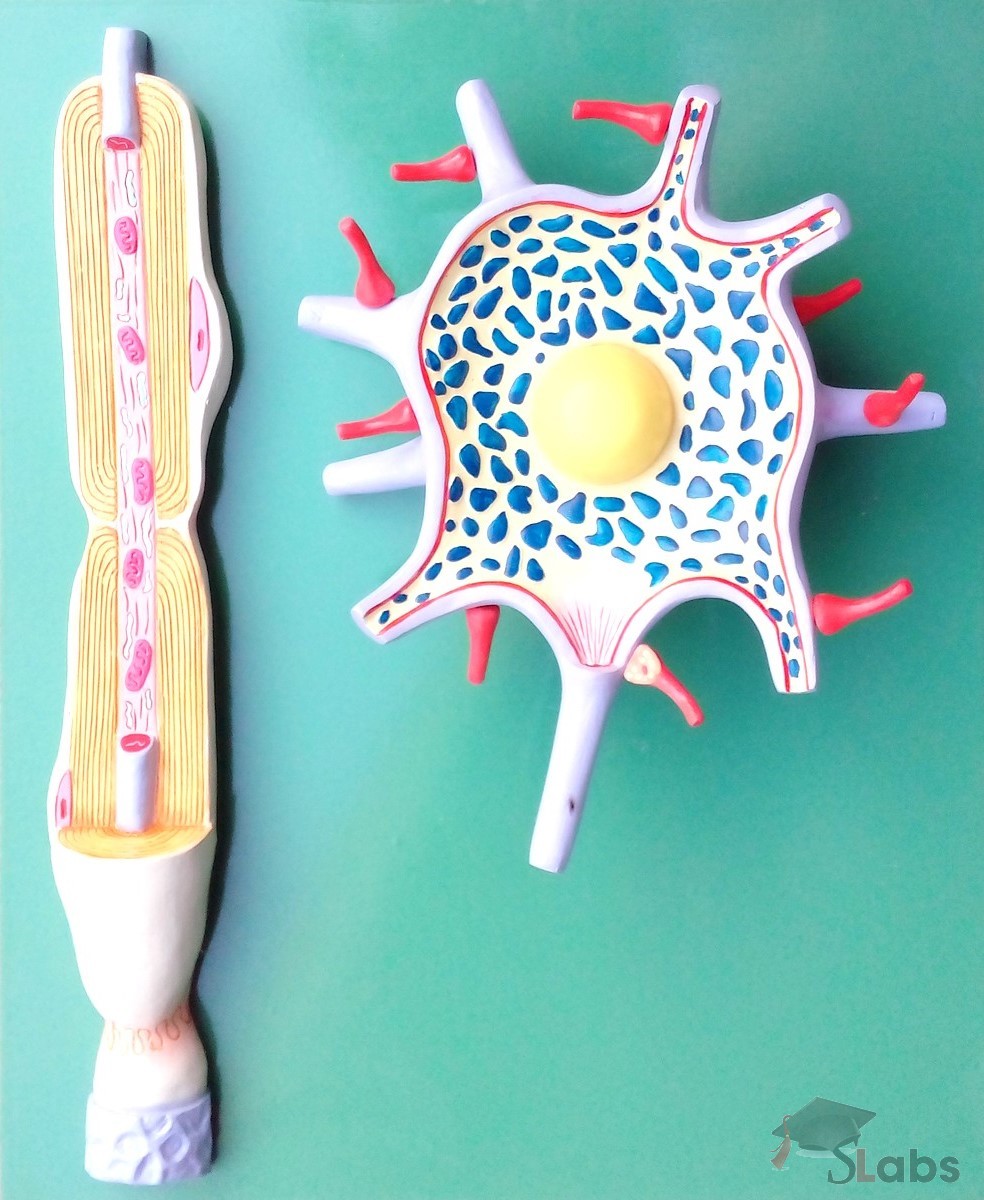
Neuron Model Scholars Labs
About Transcript This video introduces the structure and structural types of neurons. Explore the structure of neurons, their types, and functions. Uncover the roles of dendrites, axons, and the soma. Learn about the axon hillock, axon terminals, and the myelin sheath.

12.4 Communication Between Neurons Anatomy & Physiology
Neurons (also known as neurones and nerve cells) are electrically excitable cells in the nervous system that process and transmit information. In vertebrate animals, neurons are the core components of the brain, spinal cord and peripheral nerves. Image:Complete neuron cell diagram.svg In some countries this may not be legally possible; if so:

Anatomy of the Nervous System Microbiology
An Easy Guide to Neuron Anatomy with Diagrams Anatomy Types Function Research Takeaway Neurons, also known as nerve cells, send and receive signals from your brain. While neurons have a lot.
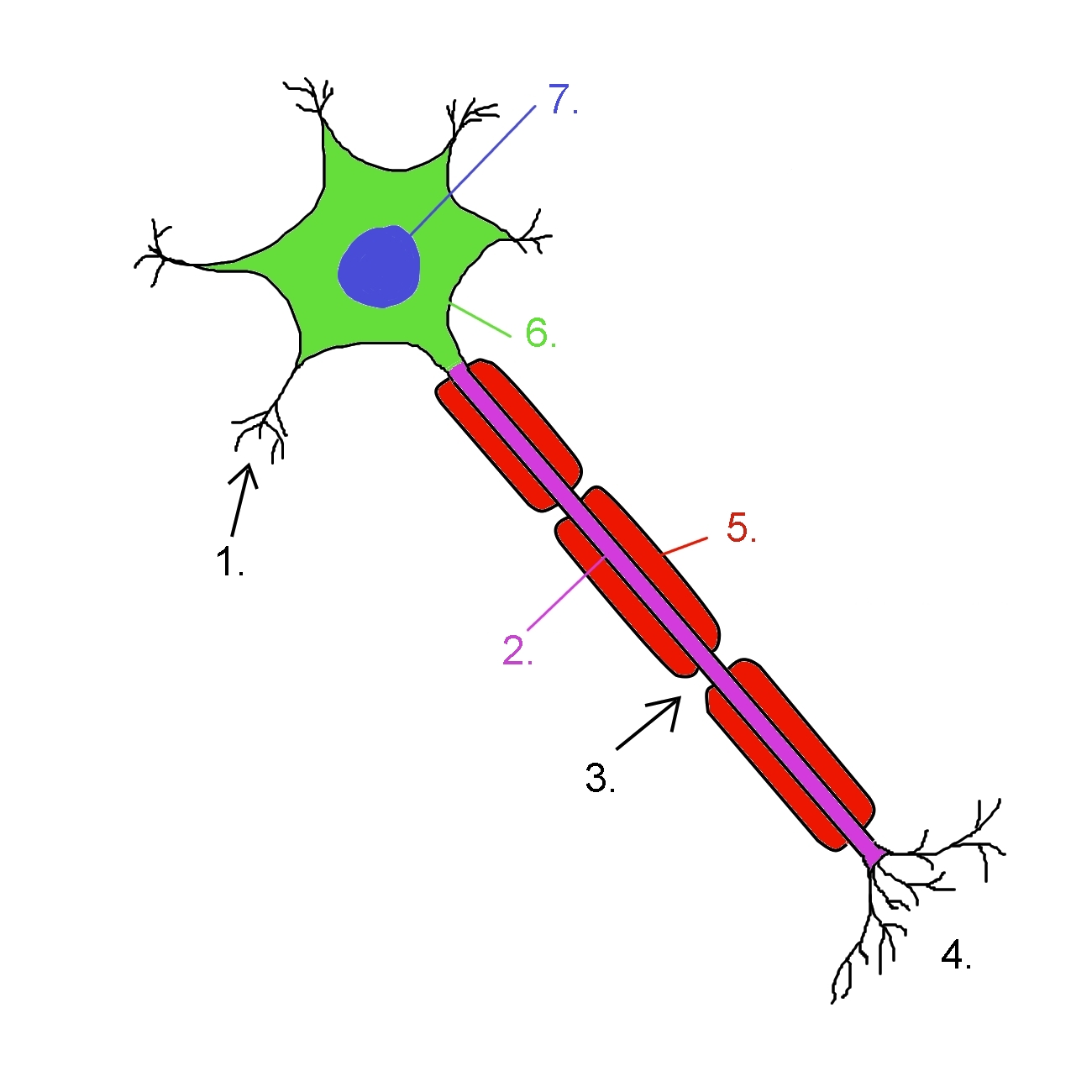
Neuron Wikimedia Commons
Neurons are connected to other neurons at synapses and connected to effector organs or cells at neuroeffector junctions. A typical multipolar neuron is comprised of soma or cell body, an axon, and dendrites. The axon is thought of as the part transmitting efferent signals, while the dendrites are receiving afferent signals from their surroundings.

Neuronal Cell Anatomy Illustration
of the neuron another general structure of the neuron cell body (soma) A B FIGURE 1-1A and B Generic structure of neuron. This is an artist'sconception of the generic structure of a neuron. All neurons have a cell body known as the soma, which is the command center of the nerve and contains the nucleus of the cell.

Well Labelled Diagram Of Neuron Porn Sex Picture
AboutTranscript. Neurons (or nerve cells) are specialized cells that transmit and receive electrical signals in the body. Neurons are composed of three main parts: dendrites, a cell body, and an axon. Signals are received through the dendrites, travel to the cell body, and continue down the axon until they reach the synapse (the communication.

A Junction at Which a Neuron Meets Another Cell
Cerebellum - molecular, Purkinje, granular layers. Peripheral nerves - epineurium, perineurium, endoneurium. This article will explain the histology of neurons, providing you with information about their structure, types, and clinical relevance. It will also cover briefly the histological layers of the central and peripheral nervous systems.
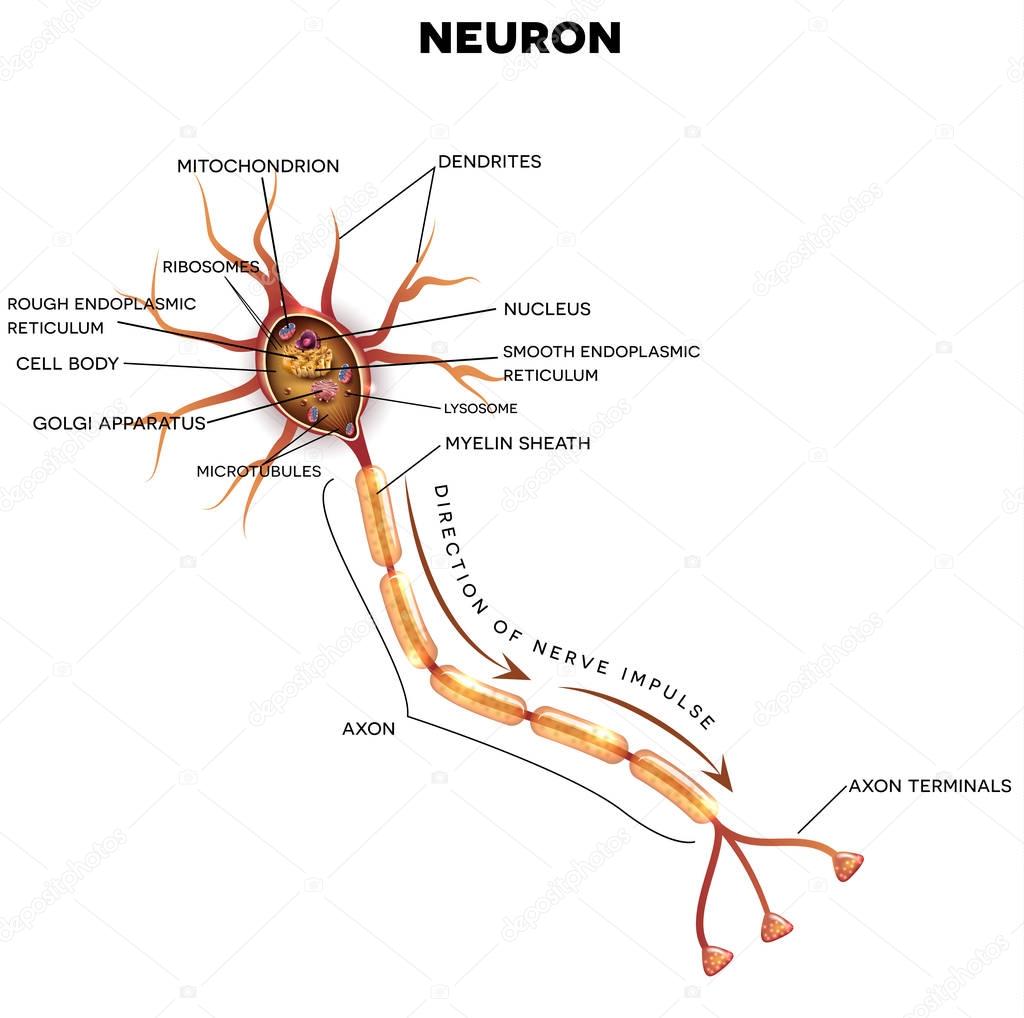
Neuron, Nervenzelle Anatomie — Stockvektor © megija 153364746
The amino acid neurotransmitters glutamate, GABA (γ-aminobutyric acid), and glycine. All of these are amino acids, though GABA is not an amino acid that's found in proteins. Glycine, glutamic acid, and GABA structures. All are amino acids. The biogenic amines dopamine, norepinephrine, epinephrine, serotonin, and histamine, which are made from.

तंत्रिका की संरचना और कार्य \ Neuron structure and function in Hindi \ Science cbse and ncert
Parts of an Axon. a) Axon hillock - The part of the axon which remains attached to the cell body or soma. b) Myelin sheath - The layer of fatty acid produced from specialized cells called Schwann cells that are wrapped around the axon. c) Nodes of Ranvier - The gaps between the discontinuous myelin sheath that is running along the axon.

Neuron
A neuron is a nerve cell that processes and transmits information through electrical and chemical signals in the nervous system. Neurons consist of a cell body, dendrites (which receive signals), and an axon (which sends signals). Synaptic connections allow communication between neurons, facilitating the relay of information throughout the body.
Okay, let’s introduce the brain Exact Approximations
Learn about the neuron diagram, structure, and function. Discover and discuss the meaning of dendrites, axon, membrane polarization, membrane depolarization, and synapses. Updated: 11/21/2023.

Draw A Neuron And Label Its Parts Q10 A Draw The Structure Of Neuron And Label Cell Body And
Neuron. Within a nervous system, a neuron, neurone, or nerve cell is an electrically excitable cell that fires electric signals called action potentials across a neural network. Neurons communicate with other cells via synapses, which are specialized connections that commonly use minute amounts of chemical neurotransmitters to pass the electric.
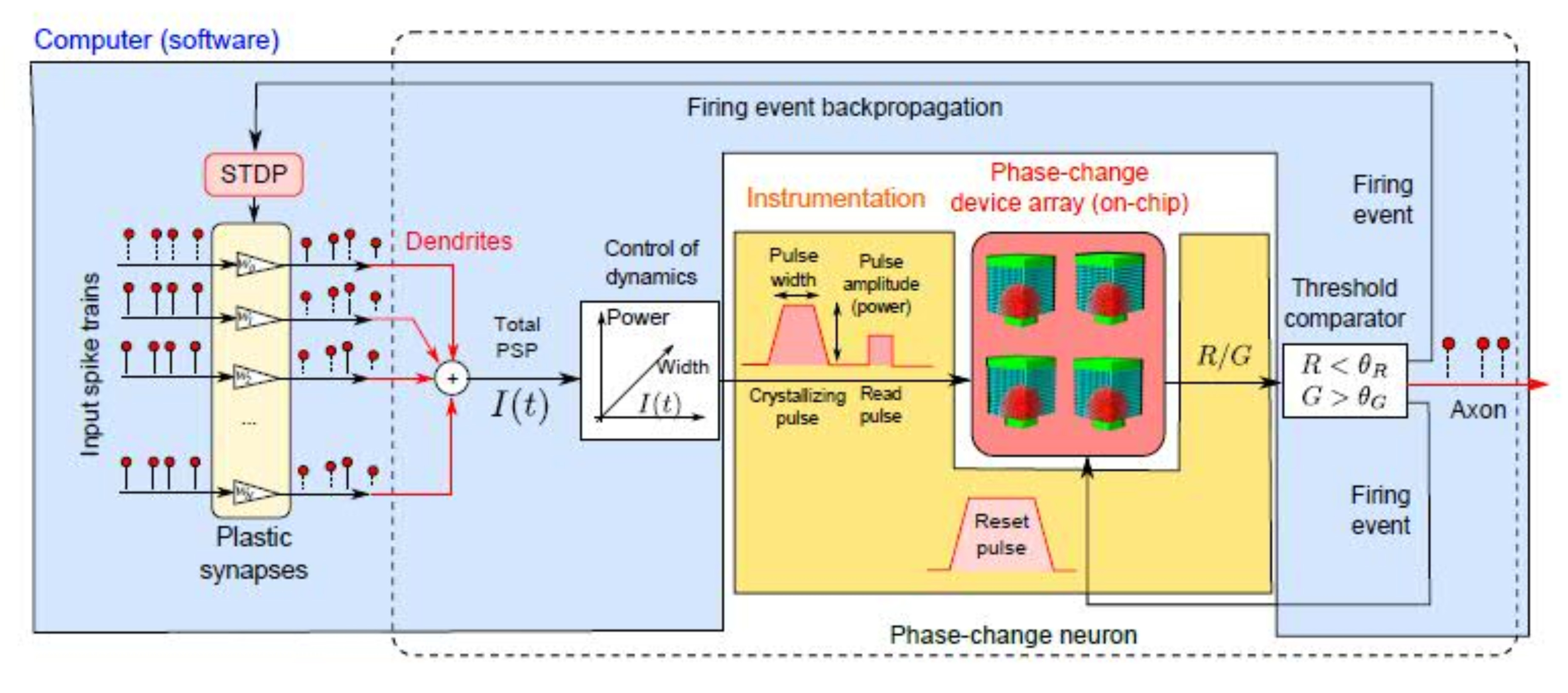
IBM creates world’s first artificial phasechange neurons Ars Technica
Nervous system (anterior view) The nervous system is a network of neurons whose main feature is to generate, modulate and transmit information between all the different parts of the human body.

Neuron Ka Namankit Chitra Banaaiye ।। Neuron Model।। Neuron Model Project ।। Neuron Class 10
Introduction The human brain is perhaps the most complex of all biological systems, with the mature brain composed of more than 100 billion information-processing cells called neurons. [1] The brain is an organ composed of nervous tissue that commands task-evoked responses, movement, senses, emotions, language, communication, thinking, and memory.